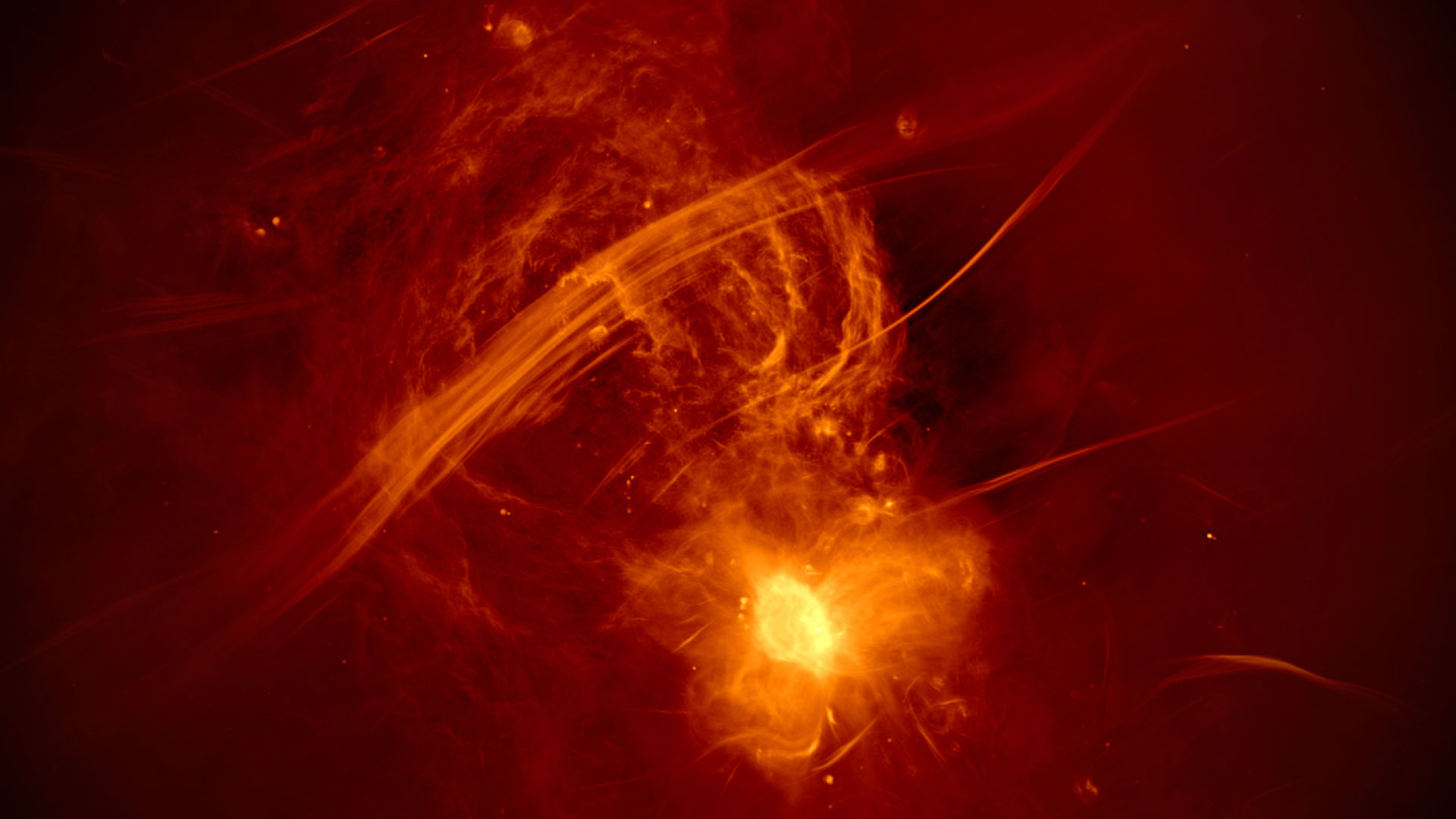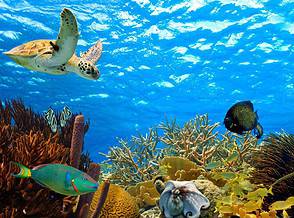It’s been 50 years since astronauts last walked on the lunar surface during the Apollo program. Artemis is a new era of lunar exploration.
Under the Artemis program, humanity will explore regions of the Moon never visited before. NASA will land the first woman and first person of color on the Moon through the missions.
The missions plan to use innovative technologies to explore more of the lunar surface than ever before. It aims to bring back cold and sealed samples from near the lunar South Pole.
With Artemis I, NASA is allowing people to become directly involved with the mission and, through that, become familiar with the mission’s science. NASA invites people to include their name on a flash drive that will fly aboard Artemis I, the first uncrewed flight test of the Space Launch System rocket and the Orion spacecraft.
The process is straightforward. You need to fill out this form to get your boarding pass.
Artemis 1 will be the debut flight of NASA’s massive new Space Launch System (SLS) megarocket. Your names on a flash drive will launch on the Artemis 1 mission, which will send an uncrewed Orion capsule around the Moon.
Thousands of sensors and special instruments will monitor the rocket and spacecraft as they roll out for the first time on March 17.
Note: This article have been indexed to our site. We do not claim legitimacy, ownership or copyright of any of the content above. To see the article at original source Click Here














